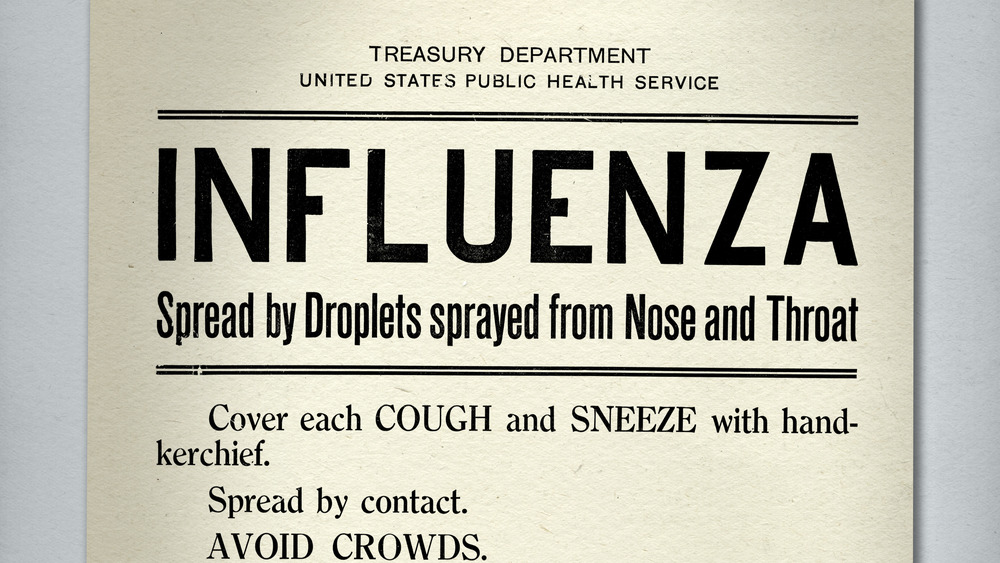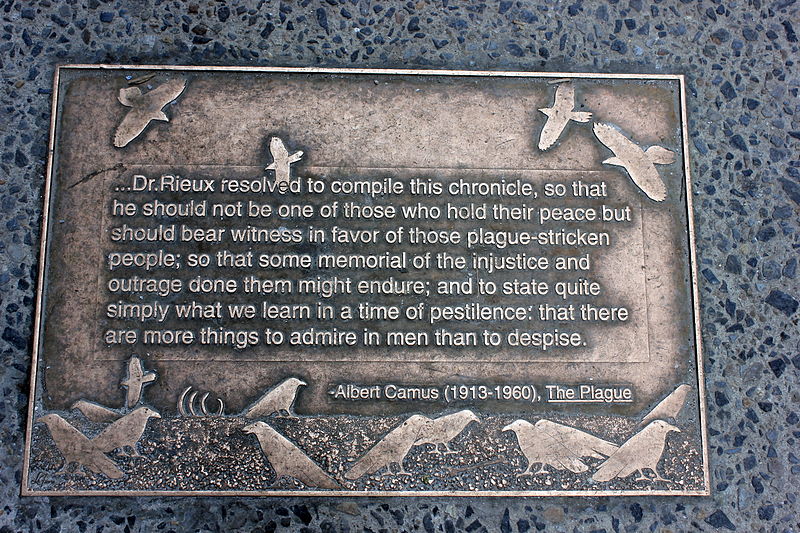* * * *

* * * *
Welcome to the “Georgia Wasp…”
This blog is modeled on the Carolina Israelite. That was an old-time newspaper – more like a personal newsletter – written and published by Harry Golden. Back in the 1950s, people called Harry a “voice of sanity amid the braying of jackals.” (For his work on the Israelite.)
That’s now my goal as well. To be a “voice of sanity amid the braying of jackals.”
For more on the blog-name connection, see the notes below.
In the meantime:
April 14, 2025 – A week ago I got an email from my brother in Massachusetts. He went to a rally in Boston, to protest various actions of our latest president. (Reminder: “He’s temporary.”)
The Boston rally was huge. We ended up on a knoll, north of, and above the Commons Bandstand and we could see streams of people coming in from every direction. I couldn’t believe it. When the crowd was told to start heading up to the City Hall for the rally speeches, you could barely move, barely shuffle a foot or so at a time, stop, then shuffle some more. I kept thinking, “My god, my god, look at this!” And I knew then there’s hope for our country yet.
Then came the Twist. He got home to find the local media gave the nation’s hundreds of thousands of protesters “a quick mention and moved on to the really important stuff – sports scores and the latest Hollywood gossip.” But still, “something is happening here that’s not being covered. People are leading their leaders, showing them where we want to go.”
Which is another reason why there’s “hope for our country yet.” Including – he added – the “scale of last Saturday’s country wide rallies; 100,000 in Boston, the same in NYC and in Los Angeles. 15,000 in [Salt Lake City], Utah! Not exactly a hotbed of liberalism.”
I responded in part that Rolling Stone did an article on April 8, Massive Protests Against Trump Are Just the Beginning. “But then, what respectable person reads that rag?” (Irony or sarcasm, one.) Then added, “Who’da thunk it? Back in the early 1970’s I was the long-hair bearded weirdo with the peace sign hand-painted on the front of the puke-green hand-me-down VW micro-bus. Watching movies like ‘Alice’s Restaurant’ and eventually getting the CD and listening to it at least once every Thanksgiving, remembering resistance to the draft and Vietnam.” Then:
So what’s next, a Che Guevara t-shirt? Like the kind I wore that so pissed off [a high-school classmate from West Virginia]? And continually listening to Joan Baez sing “We Shall Overcome,” and also the duet with that guy at Woodstock, “Drug-store truck-driving man.” Woodstock, about which Arlo Guthrie said, “Lotta freaks, man!”
And finally, “‘Irony of irony, all is irony!’ (A nod to Qoheleth.)” Which points out one big difference between then and now. You know, coming of age in the 1970’s “Age of Aquarius?” (Which for many meant sex and drugs and rock’n’roll. “Yeah, I heard about that stuff!”)
Back then I thought the established church a failure; full of hypocrite fat-cat conservatives, intolerant, self-righteous, narrow-minded. (Much of which still holds true, as in the oxymoron, Christian nationalist.) I tried other ways of Coming to Terms With Life; self-hypnosis, Alpha Thinking, yoga, and other Eastern ways. Books on karate, aikido, tai chi and others like Zen in the Art of Archery. I learned about prana, chi, ki, and “the force,” as in “the force be with you.”
But as the years slid by I found myself turning back to the mainline church of my “yoot.*” In the process – especially over the past decade – I’ve become quite the Bible scholar. (Mostly because I firmly believe “you pointy-headed, bleeding-heart liberals need to start reading and studying the Bible, even if it’s only for political self-defense. Don’t concede the high ground!“)
All of which brought back a slew of memories, including that mention of my own “Che” t-shirt. Of which Tom Brokaw wrote, “Che Guevera was assassinated while unsuccessfully trying to foment a Cuba-like revolution in Bolivia, although he succeeded in launching a million t-shirts.”
Another memory? I knew Che failed in Bolivia because he didn’t follow his own rules. And how did I know? Because aside from the shirt I also got a copy of his 1961 book, Guerrilla Warfare. And may still have it “even to this day,” although it may take a while to find in the boxes of books I’ve yet to unpack – since 2017. (Then there’s Amazon Books if the need arises.) But there’s one thing we Boomers have now that we didn’t have then: Real Power.
Baby boomers are now retired, and Senior Citizens as a group have huge political clout. They’re also a lot wealthier, but a lot of it’s in Social Security, now in a state of chaos. (“Chaos, long waits at Social Security for seniors.”) Then there’s the investments. I don’t have a 401(k), but a friend of mine said hers dropped $100,000 in a month. Sounds like an invitation to Revolution to me!
* * * *
* * * *
The upper image is courtesy of Che Guevara Image – Image Results. See also Che Guevara – Wikipedia, and The Inconvenient Truth Behind Revolutionary Icon Che Guevara:
Boxer Mike Tyson has a prominent Che tattoo. So does Argentine football star Diego Maradona. Omar Sharif portrayed Che in a 1969 film, and Benicio Del Toro did so to acclaim in 2008. Brazilian supermodel Gisele Bündchen once sported a runway bikini with Che’s image on it. His face has adorned T-shirts and been on countless storefronts. It’s been on “South Park” and on “The Simpsons.” Guevara, these days, is the personification of utter cool to all those who want to defy the establishment.
Re: Christian nationalism. I figure if Jesus had been a nationalist He would have freed Israel from Roman rule. Instead, starting a decade or so after Him the “nationalists” rose up in arms. The armed revolt failed, the Romans pretty much destroyed Jerusalem and scattered the pitiful few survivors “to the winds.” (See Diaspora – Wikipedia.) “And that’s what you guys want?”
Re: “Yoot.” See Psalm 25:7, in what I call the My Cousin Vinny translation. (“Dese two yoots.”) BTW: In Bible Hub it’s Psalm 25:7. In the Book of Common Prayer it’s 25:6.
The t-shirt quote is from page 32 of the large-print version of Boom!: Talking About the Sixties: What Happened, How It Shaped Today, Lessons for Tomorrow, by Tom Brokaw.
And about Che’s book, Guerrilla Warfare: Wikipedia said while it was “intended for other revolutionary movements in Latin America, Africa, and Asia, it was also studied by counter-revolutionary military schools.” See also the version available at Amazon, Guerrilla Warfare: Guevara, Ernesto Che.
Re: Coming of age, “a young person‘s transition from being a child to being an adult.”
Re: Boomers’ economic and political power. For more on the first, Google “trump social security in danger.” For more on the second, see The Immense Power of the Older Voter in an Election – AARP, Why Older Citizens Are More Likely to Vote – U.S. News, and especially The Senior Citizen Vote: Key to Conservative Political Victory: Senior citizens (over 65 years) “largely vote for conservative candidates. Moreover, the November 2020 national election experience indicates that senior citizens represent the fastest-growing voting segment of the American population, now amounting to approximately 25 percent of total votes cast.” (And Trump wants to mess with that?)
Re: “Revolution.” The link is to The Beatles – Revolution – YouTube. (Sounds appropriate to me. Click on it for the full effect. “Rock out, Dude!) See also Revolution – Wikipedia.
The lower image is courtesy of Why are there so many boomers at anti-Trump protests? See also From Protest to Power: A Boomer’s Guide for the Next Generations to Challenge Authority, and Aging boomers are ready to return to their activist pasts. Or do what I did and Google “boomers return to protest.” From “Protest to Power,” here are five ways younger leaders can push back: 1) Demand Transparency and Accountability (like Boomers did for Watergate), 2) Leverage Economic Power (“When money moves, power listens”), 3) Master the System to Beat the System, 4) Control the Narrative, and 5) Build Intergenerational Alliances.
And about that lower-image caption, see Core Democratic groups are preparing to be targeted by the Trump administration. No surprise there, but while those nationwide protests were remarkably peaceful, see also Agent provocateur – Wikipedia: The French word for a “a person who actively entices another person to commit a crime that would not otherwise have been committed and then reports the person to the authorities. They may target individuals or groups.” Also:
In jurisdictions in which conspiracy is a serious crime in itself, it can be sufficient for the agent provocateur to entrap the target into discussing and planning an illegal act. It is not necessary for the illegal act to be carried out… Prevention of infiltration by agents provocateurs is part of the duty of demonstration marshals, also called stewards, deployed by organizers of large or controversial assemblies.
* * * *
Re: The Israelite. Harry Golden grew up in the Jewish ghetto of New York City, but eventually moved to Charlotte, North Carolina. Thus the “Carolina Israelite.” I on the other hand am a “classic 73-year-old “WASP” – White Anglo-Saxon Protestant – and live in north Georgia. Thus the “Georgia Wasp.”
Anyway, in North Carolina Harry wrote and published the “israelite” from the 1940s through the 1960s. He was a “cigar-smoking, bourbon-loving raconteur.” (He told good stories.) That also means if he was around today, the “Israelite would be done as a blog.” But what made Harry special was his positive outlook on life. As he got older but didn’t turn sour, like many do today. He still got a kick out of life. For more on the blog-name connection, see “Wasp” and/or The blog.
* * * *
For possible reference in future posts, here’s a fuller version of my “transition to adult:”
After high school, I went my way, like so many in the 1970s, in search of the “good life.” At the time, Transcendental Meditation was a Big Trend on Campus. It was part of the process of many Boomers “heading east” for enlightenment. They tried various gurus and methods, which led to further ways to both expand the mind and come into closer contact with the “universal life force.” In turn, many left the church they grew up in.
I tried self-hypnosis, Alpha Thinking, yoga, and other Eastern ways of dealing with life’s unpleasantries, my own shortcomings, and the unremitting evil and suffering each day on TV and the news. I read books on karate, aikido, tai chi and other eastern disciplines, and books like Zen in the Art of Archery. I learned about prana, chi, ki, and “the force,” as in “the force be with you.” I was entranced by Transcendental Meditation and how easy “they” said it was, but balked at the price. (At the time, it was supposed to run a week’s salary, which included a personalized Sanskrit mantra, “mine alone.”) But I couldn’t afford a week’s salary, being a poor, bearded unemployed student. So I kept looking, and the quest seemed to end when I found the book How to Meditate, by Lawrence LeShan…
I grew up in the “Age of Aquarius” (of sex and drugs and rock’n’roll), but now find myself settling into the cares and responsibilities of “mature” age. [In July 2025, I will turn 74.] And in my younger days I tried many different ways of Coming to Terms With Life. Like other boomers, coming into Middle Age I found myself turning back to the mainline church of my youth, just like Mike Doonesbury did in 1994.I came back even though – when young – I considered the established church a failure; full of hypocrite fat-cat conservatives, intolerant, self-righteous, narrow-minded. I still carried some baggage, some skepticism and mistrust of younger days. I had a hard time with the “buzz words” favored by so many who call themselves Christian.
* * * *
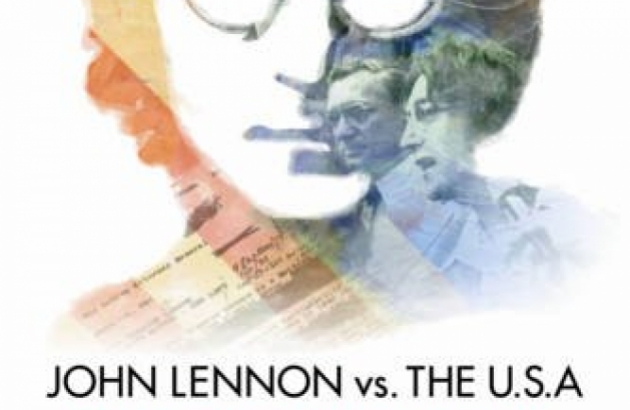





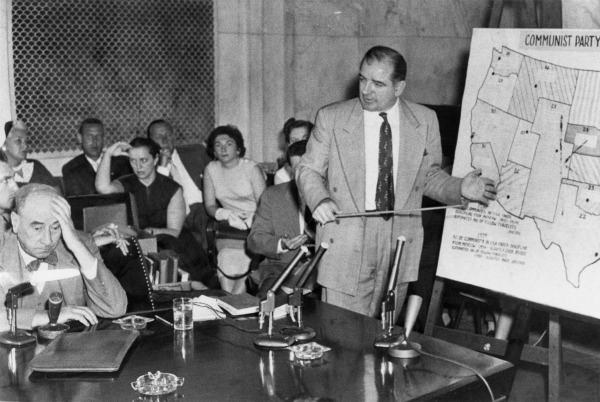



 I noted that even back then – early on in the pandemic – I managed to keep busy. For one example, I did things like watch a lot of lectures from
I noted that even back then – early on in the pandemic – I managed to keep busy. For one example, I did things like watch a lot of lectures from  In turn, from the
In turn, from the 
 I’m working on a new
I’m working on a new  Naturally – as the week progressed – the dweeby pre-teen male cousins tried to scare the wits out of their female cousins. And they did a pretty good job of it, mostly with tales of omnivorous aliens and treacherous UFOs. Until finally, our granddaughter Heather came up to me at the campground pool. She asked, very serious, very worried, “How can God protect us from
Naturally – as the week progressed – the dweeby pre-teen male cousins tried to scare the wits out of their female cousins. And they did a pretty good job of it, mostly with tales of omnivorous aliens and treacherous UFOs. Until finally, our granddaughter Heather came up to me at the campground pool. She asked, very serious, very worried, “How can God protect us from  And now a note from the future: All that was even before “9/11” – the
And now a note from the future: All that was even before “9/11” – the 

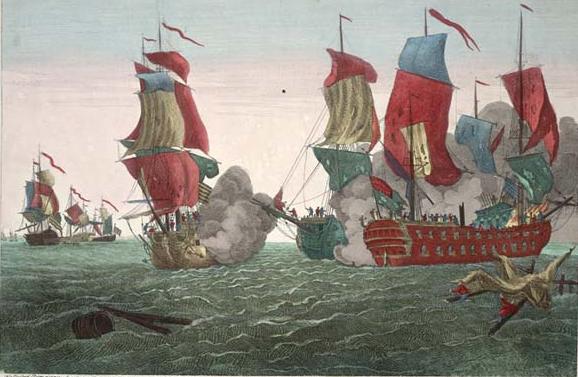 That included his signal victory over the British
That included his signal victory over the British  At the same time, war was brewing between Russia and Turkey. So,
At the same time, war was brewing between Russia and Turkey. So,  Read the full story in the first
Read the full story in the first 

